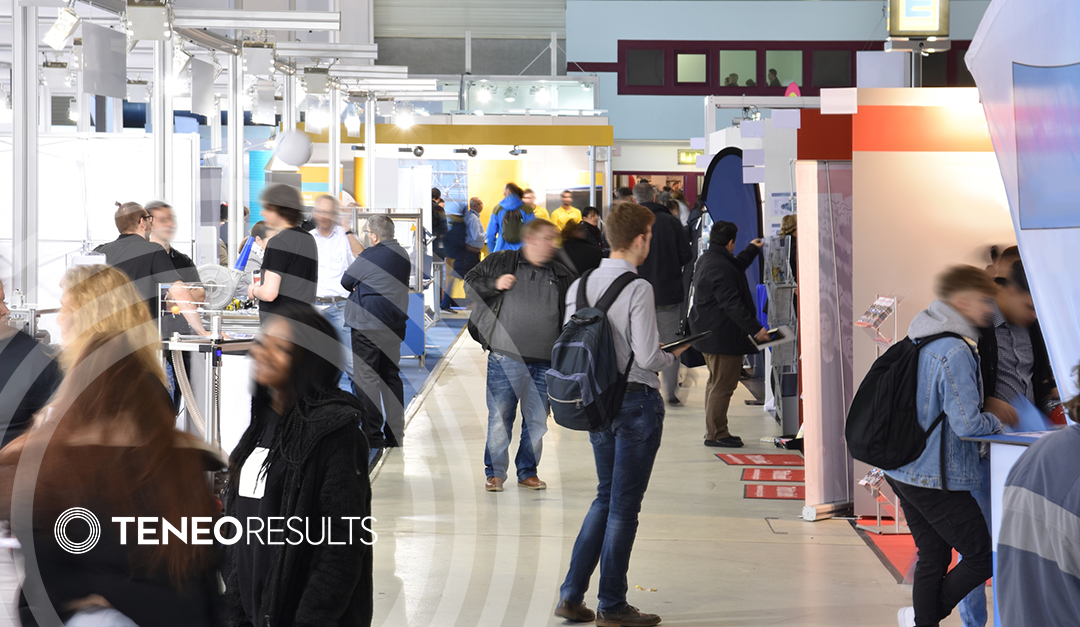Nothing is more frustrating for a Sales Leader than seeing poor sales in action, especially when a sales professional is face to face with a potential buyer.
My husband, Tom & I, were at the Toronto Home Show last weekend as we plan to build our next home in a few years, on the lake. We wanted to start scoping out the exciting new home features as we begin to develop the plans.
We arrived at the Home Show before the doors opened to allow for an early start before the show became too busy to talk with exhibitors. We stopped by a window distributor, who was very knowledgeable. We spoke to him for over 10 minutes as he highlighted the features and benefits of his beautiful windows. My husband quickly asked for his brochures and his card. Surprisingly, he did not ask for our information. I thought this was odd as we walked to the next booth.
During the next two hours we spoke to six different exhibitors who we were keenly interested in their products. It was disappointing that not one – that is 6 out of 6 – DID NOT ask us for our contact information to follow-up with us. Many referenced their brochures, gave us their card, and suggested we go to their website. They were all very knowledgeable of their products and demonstrated their expertise. Several that we spoke to were senior sales or even the owners.
Another disappointing observation was the number of exhibitors who were spending more time on their mobile devices in their booth rather than interested in working the aisle or starting a conversation with us.
Exhibiting at a tradeshow is a big investment in both money and time. With talk of a slowing real estate and economic market, I was surprised to see the poor sales in action. These salespeople did not see the importance of their role in the next stage of the buying process. With the increase of AI – artificial intelligence – salespeople can be easily replaced. With the many decisions that my husband and I will have to make in the next few years, we are looking for consultative sales professionals to help guide us during the many buying decisions we will have to make.
There are 3 important strategies to ensure you are effectively working a tradeshow. What will you do before, during and after the tradeshow to maximize your outcome?
Before the Tradeshow:
- Determine: What are your goals for the tradeshow? How many leads do you want to generate?
- Set up appointments – even breakfast, lunch and dinner meetings with key clients and prospects. It can be great ROTI at a tradeshow to meet with customers/prospects. You will have more purposeful conversations if you set up the meetings in advance rather than a quick conversation in your booth.
During the Tradeshow:
- How can you work the aisles to start conversations with the attendees?
- How will you effectively network during education sessions, networking time or in the evening? This is a great opportunity to expand your network, meet new prospects and start new conversations.
- Attend or even offer to speak at the tradeshow education sessions to share your expertise and education.
- How can you create more interest in your booth with demos or 5-minute talk sessions? At the National Home Show, Home Hardware set up their booth up with DIY demos to get the attendees learning about DIY home projects to provide practical hands-on advice.
After the Tradeshow:
- It’s exhausting working a tradeshow and then trying to catch-up with your emails. Block time in your calendar during the next week to follow-up on all your leads.
- Co-ordinate with your marketing team to send out follow-up emails/eblasts.
- Nurture those leads!

Lisa is driven by the mantra – Be Strategic. Be Pro-active. Be Brave. – and has been successfully training and coaching sales leaders and their teams to do the same for over 15 years. As the President of Teneo Results since 2003, she has trained thousands of sales professionals at more than 250 companies across North America. She transitions salespeople away from the standard “product & price” approach to having purposeful business conversations with their customers that drive results.


